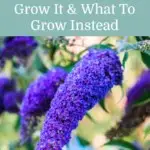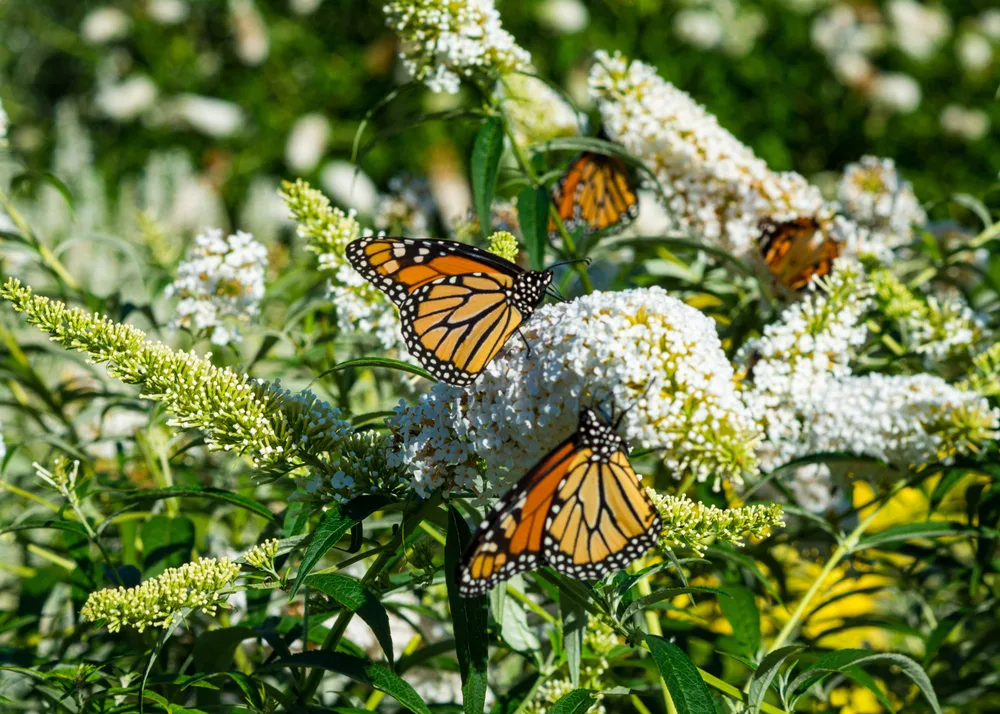
Butterfly bush, also known as buddleja, is well known (as the name suggests) for attracting butterflies.
One of its benefits is it can grow very well in many different areas and climate zones. It grows very quickly and produces large, attractive flower heads in abundance over the summer months.
Those who do have it in their gardens will already be aware of this plant’s attractiveness to butterflies.
Unfortunately, it grows so well in certain areas that it’s an invasive species.
It has broadly naturalized in many areas outside its native Asian range. In some areas, this can pose a problem. Since it thrives and spreads so rapidly, it outcompetes native species like willows.
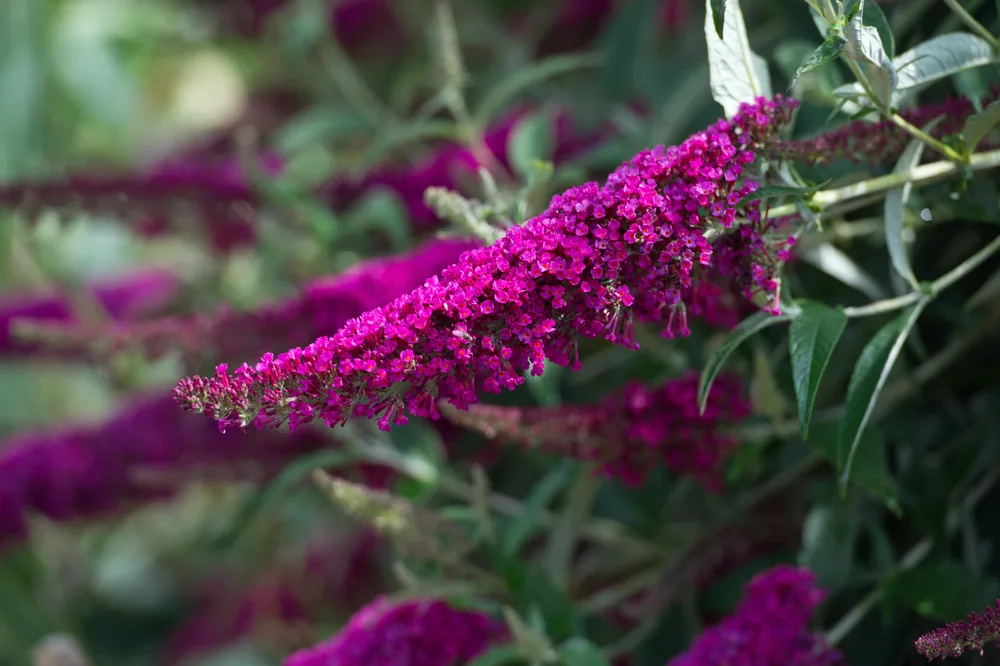
In the US, it’s considered invasive in a number of states. Some, like Oregon, have banned sales of the plant. Sterile varieties (those which do not set viable seed) have been developed. And you can buy these options even in Oregon and other states where common butterfly bush is banned.
If you really want to grow butterfly bush in your garden, look for sterile varietals such as ‘Lo and Behold’ and ‘Flutterby Grande’.
You can purchase a Lo and Behold butterfly bush from here on Amazon.
And if you already have butterfly bush in your garden, make sure that you deadhead the blooms as soon as they are fading so the seeds cannot form and spread.
The reason the butterfly bush can be such a troublesome invasive plant is that the seeds are produced abundantly and spread quickly. They spread not only within your own garden but also in the surrounding area.
But remember, butterfly bush or buddleja is not the only plant you can grow that will look great and attract butterflies to your garden.
Other Shrubs to Grow Instead of Butterfly Bush
If you’re gardening in the US, some native shrubs that are great for butterflies are:
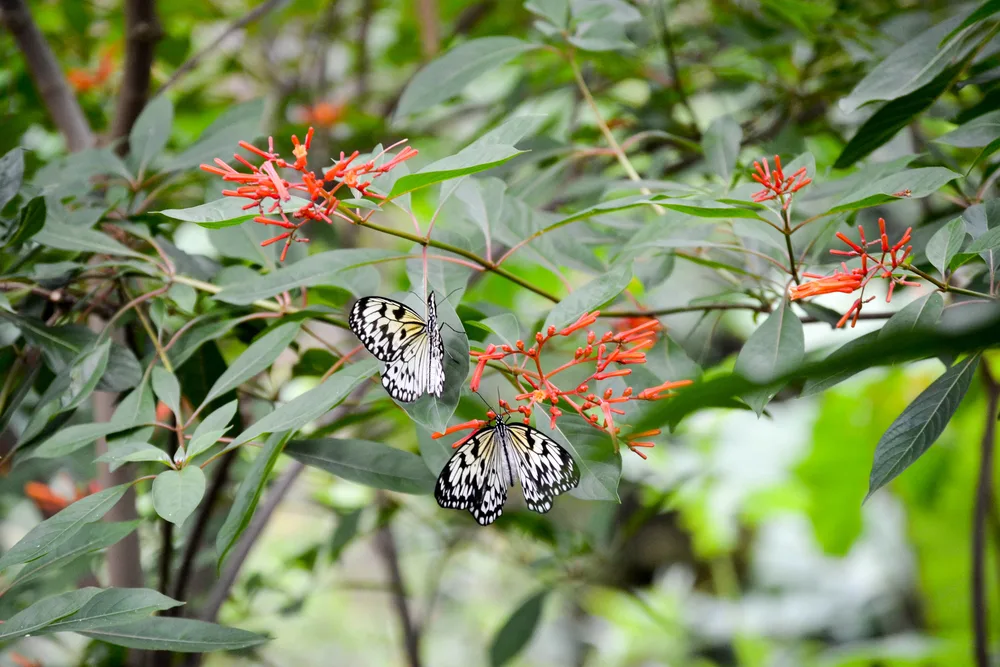
- Buttonbush (Cephalanthus occidentalis)
- Dogwood (Cornus spp.)
- Firebush (Hamelia patens)
- Flowering Currant (Ribes sanguineum)
- Glossy Abelia (Abelia x grandiflora)
- Leatherleaf (Chamaedaphne calyculata)
- Meadowsweet (Spiraea alba and spiraea latifolia)
- Mountain Laurel (Kalmia latifolia)
- New Jersey Tea (Ceanothus americanus)
- Ninebark (Physocarpus opulifolius)
- Pussy Willow (Salix discolor)
- Sargent’s Cranberry (Viburnum sargentii)
- Shrubby Cinquefoil (Potentilla fruticosa)
- Spicebush (Lindera benzoin)
- Sweet Pepperbush/ Summersweet (Clethra alnifolia)
- Viburnums (native species)
- Virginia Sweetspire (Itea virginica)
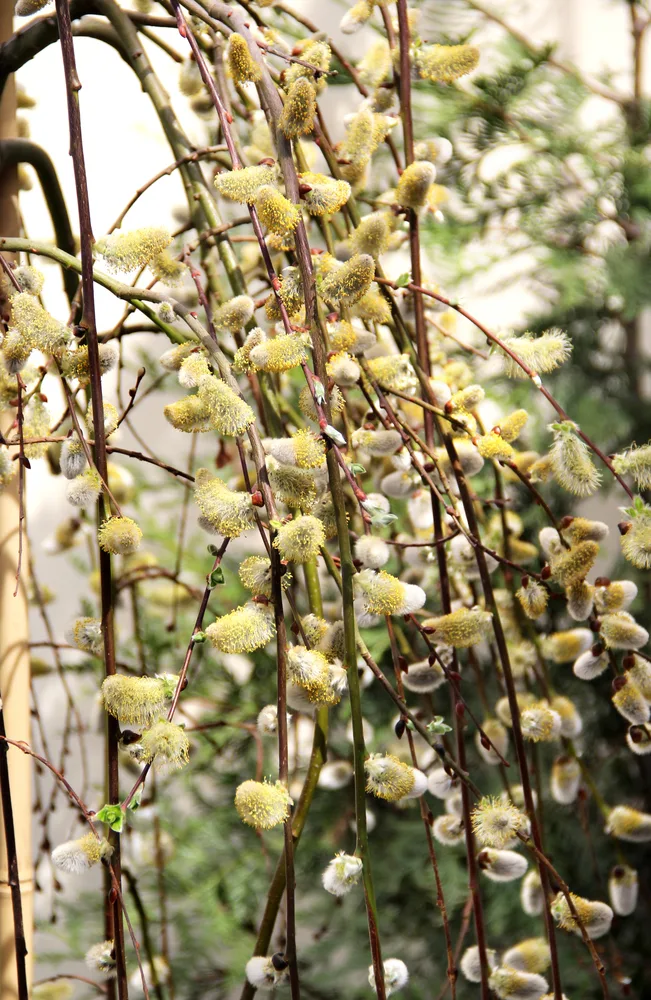
Crucially, and unlike butterfly bush, many of the above can also be useful for caterpillars and larval forms of butterflies and moths.
Remember, not all of the above will be native to your particular area. And not all may thrive in your particular garden. Check with your local agriculture extension office to find good native options for your area.
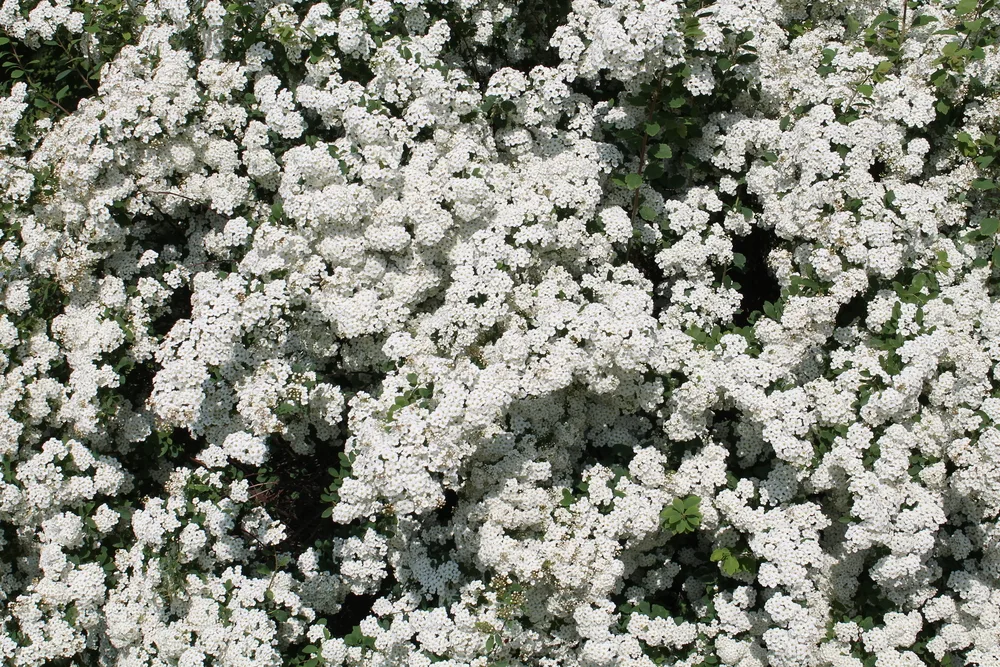
Choose shrubs that are suited not only to your climate but also to the soil, light-levels, and other micro-climate conditions in your garden. For a successful garden, it’s vital to choose the right plants for the right places.
While it’s best to choose plenty of native plants for your garden, it’s also possible to carefully select non-native species that are not invasive in your area.
Some non-native shrubs to consider as particularly good nectar sources for butterflies are:
- Bluebeard (Caryopteris x clandonensis)
- Deutzia
- Hebes
- Lilac (Syringa vulgaris)
- Weigela
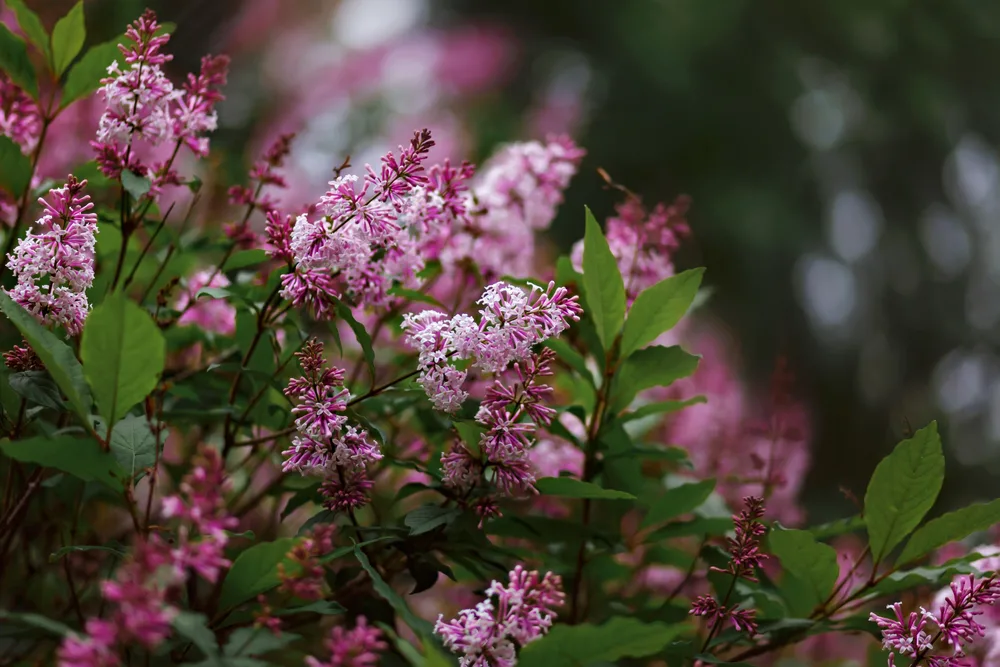
Outside the US:
In the UK/Europe, some native shrubs/ small trees that are great for native butterfly species (throughout their life-cycles, not just for nectar) include:
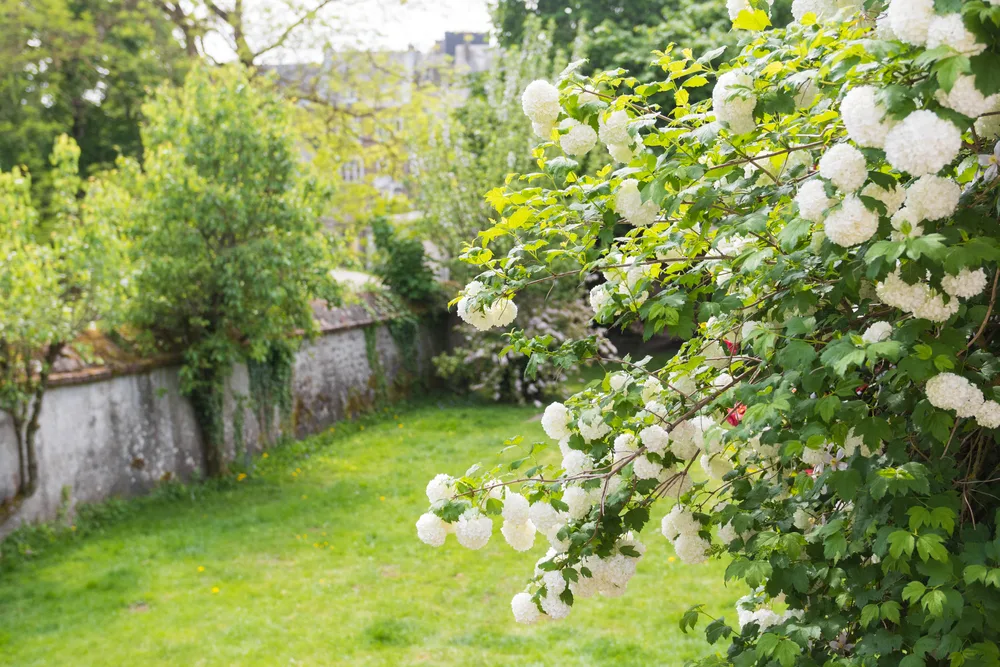
- Alder buckthorn
- Blackberries/ brambles
- Currants
- Dogwood (Cornus)
- Dog Rose (Rosa canina) (and other roses)
- Elder
- Gorse
- Guelder rose (Viburnum opulus)
- Hawthorn
- Purging buckthorn
- Willows (Salix)
Of course, there are also plenty of other shrubs that will provide a food source for butterflies, whether or not they’re native in your area.
Other Butterfly-Friendly Plants
If you’re looking for alternatives to butterfly bush, however, it’s important to remember that there are plenty of other types of plants that are excellent for attracting butterflies to your garden.
In addition to planting alternative butterfly bushes in your garden, you should also plant:
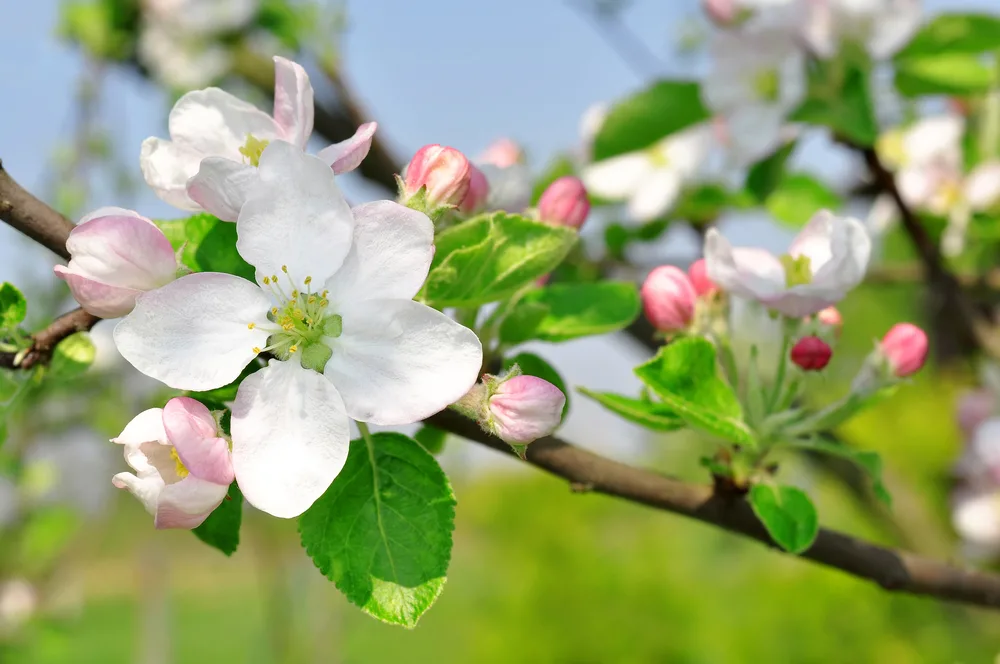
- Fruit trees – which have nectar-filled blossoms. Fallen fruits will also serve as a food source for butterflies. Trees also provide shelter and a place for butterflies and moths to overwinter.
- Climbers – ivy, roses, etc.. (which can provide nectar when there isn’t much around, and also serves as a habitat for egg-laying).
- Nectar-rich flowers – including plenty of perennial flowers, as well as annuals or biennials.
- Perennial herbs (many perennial herbs are great for attracting butterflies – lavender, rosemary, thyme, marjoram, hyssop and more are all great examples.)
You should also allow weeds to grow in your garden. Some weeds, such as stinging nettles, and milkweed for example, are excellent butterfly-friendly plants.
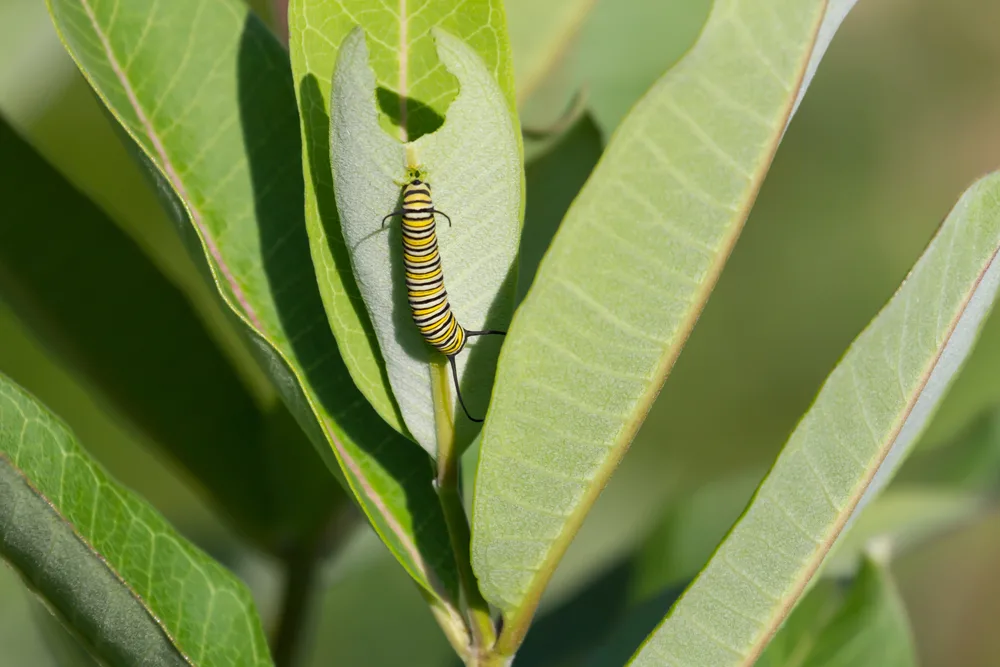
Even if you choose to grow only native plants, you shouldn’t be limited in how beautiful and productive your garden can be.
No matter where you live, there is a huge range of beautiful and useful trees, shrubs, flowers, herbs, and other edibles to grow in your garden. By avoiding invasive species like butterfly bush, you can create an ecologically-sound paradise for you, and for the butterflies and other wildlife.

Get the famous Rural Sprout newsletter delivered to your inbox.
Including Sunday musings from our editor, Tracey, as well as “What’s Up Wednesday” our roundup of what’s in season and new article updates and alerts.


